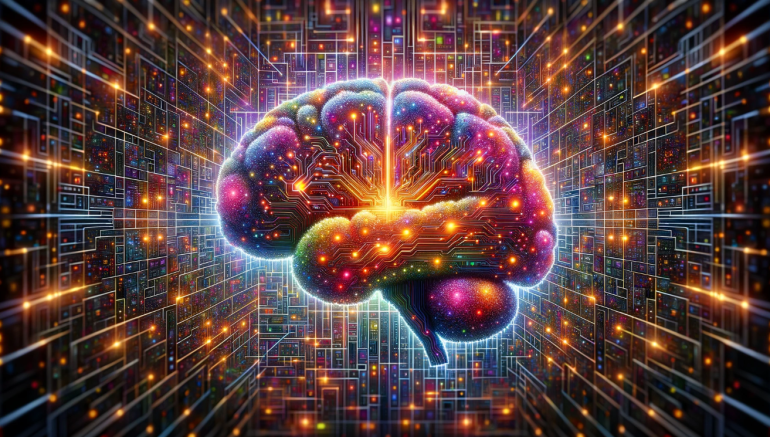- Generative AI emerges as a potent force for accelerating overall economic growth, akin to past general-purpose technologies.
- Estimates suggest that up to 80% of U.S. jobs could witness a 10% increase in task efficiency via generative AI, without compromising quality.
- Unlike previous transformative technologies, generative AI is poised to exert its influence swiftly, facilitated by its rapid diffusion through the internet.
- Generative AI is already yielding substantial productivity gains, set to intensify as complementary innovations emerge, fostering economic growth.
- The advent of generative AI heralds a recalibration of skill demands, reducing the need for certain skills while creating demand for new ones.
- Concerns about widescale technological unemployment are likely overstated, given historical precedents showcasing robust labor demand in new occupations.
- Rapid transformations necessitate prompt and effective reskilling efforts, leveraging generative AI’s unique capability to facilitate learning and enhance entry-level performance, thereby addressing wage inequality.
Main AI News:
A fresh analysis delves into the economic ramifications of generative AI. Identified as a “general-purpose technology” by economists, generative AI stands out as a rare force capable of propelling overall economic expansion. Its potential to reshape economies and societies is substantial.
An estimation suggests that nearly 80% of tasks across various job roles in the U.S. could experience a remarkable 10% increase in efficiency, all thanks to generative AI, without compromising quality. Unlike past transformative technologies such as the steam engine and electrification, generative AI is poised to exert its influence swiftly, facilitated by rapid diffusion through the internet and its user-friendly natural language interface.
Already, generative AI is yielding significant productivity enhancements, a trend set to intensify and proliferate as individuals and organizations devise complementary innovations harnessing its capabilities. Consequently, overall productivity is poised to soar, catalyzing economic growth.
Beyond heightened growth, generative AI heralds a slew of other changes. It will recalibrate skill demands, diminishing the need for certain proficiencies while elevating the demand for others and birthing entirely new skill sets.
Concerns regarding widescale technological unemployment likely exaggerate the issue. Historical precedent reveals that the advent of general-purpose technologies is invariably accompanied by robust labor demand. Nonetheless, this demand tends to manifest in new occupational avenues. Notably, over 85% of total U.S. employment expansion since 1940 has materialized within entirely novel occupations.
The rapid transformations catalyzed by the proliferation of generative AI necessitate swift and effective reskilling endeavors. Leveraging generative AI’s unique capability to facilitate learning, these initiatives stand to benefit from its prowess in enhancing the performance of entry-level personnel, thereby ameliorating wage inequality.
Past instances of general-purpose technologies have reshaped the corporate and national landscape across various sectors. We anticipate generative AI to wield comparable transformative power.
Conclusion:
The emergence of generative AI signals a paradigm shift in economic dynamics, presenting businesses with both opportunities and challenges. Embracing this transformative technology can lead to enhanced productivity and innovation, driving economic growth. However, to fully capitalize on its potential, organizations must prioritize reskilling efforts and adapt to the evolving demands of the market. Failure to do so risks falling behind competitors in an increasingly AI-driven world.

